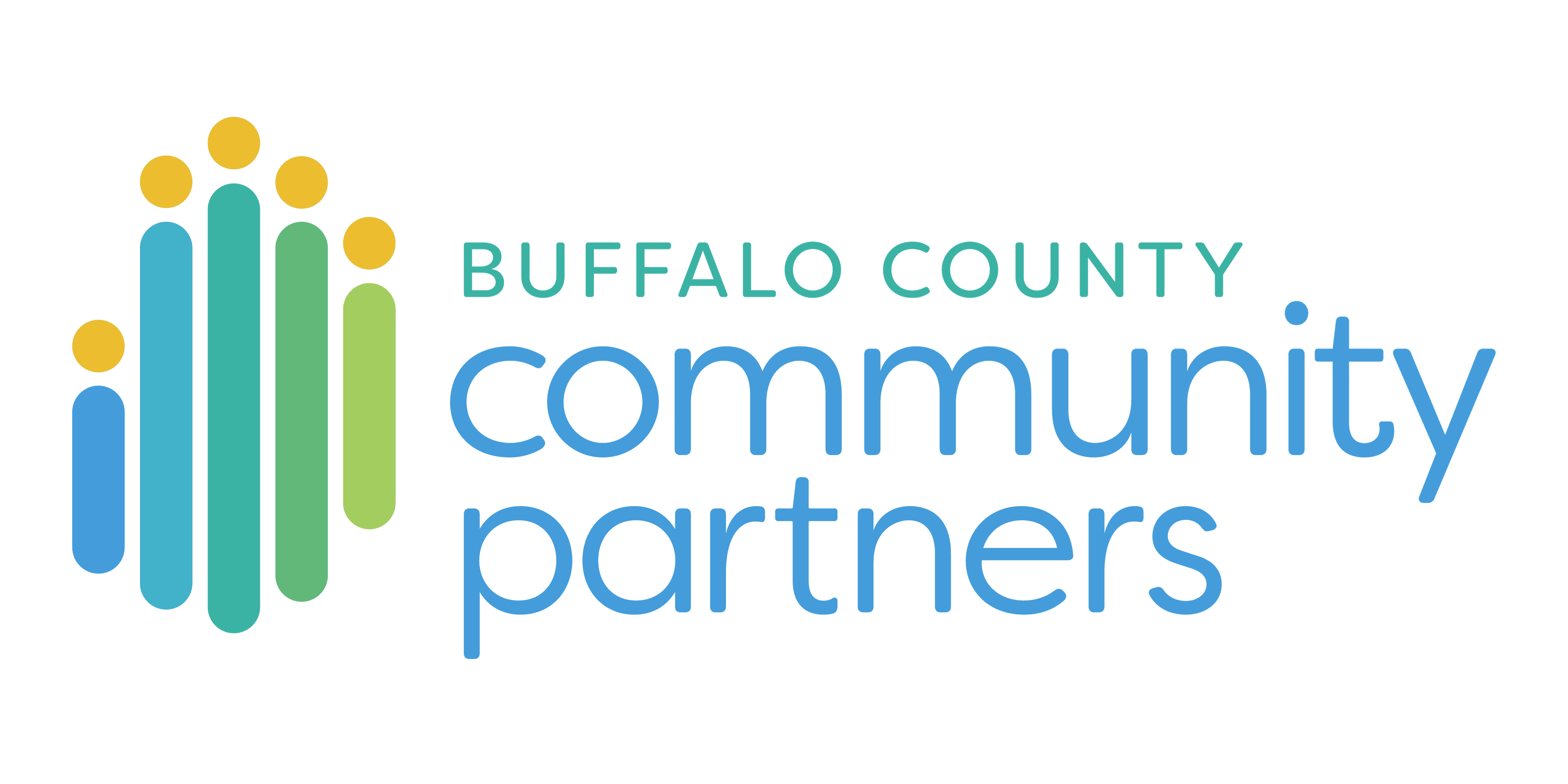In 1994, Community Partners conducted a survey to decide what areas of health in the community needed improvement. Thirty-one goals emerged, and they narrowed down to 15 by using two criteria 1) there had to be measurable data to support the goal area 2) there had to be broad based community interest in the goal. Alzheimer’s Disease and a Transportation system were two priority focuses that emerged.
As of 1996, there were no out of home facilities in Buffalo County designated to take care of people with probable Alzheimer’s Disease. In order to tackle the issue, the Alzheimer’s Goal Work group formed with representation from Educational Service Unit 10, Alzheimer’s Association, Good Samaritan Health Systems, Area Agency on Aging, Kearney Interfaith Caregivers, Mt. Carmel Home, Holy Cross Lutheran Church, Region 3 Behavioral Health Services, and the Peterson Senior Hospitality Center. These partners were the driving forces behind getting the work done. The first goal for Alzheimer’s Disease was to create the capacity for 50 specially designated Alzheimer’s beds within Buffalo County by 2001, these were the events that obtained the goal.
1997 Community Partners granted $10,000 to Mt. Carmel Home, who opened up 16 beds.
2000: Prairie View Gardens opened 28 beds and then in 2001 they reclassified 10 more.
2000: Community Partners granted Ravenna Good Samaritan Center $20,000 to build 16 beds finished in 2002.
By 2000, the group had met and exceeded their goal with units continuing to be built. Once the momentum was rolling with building units, the group turned to it’s second goal of community education.
The Ravenna Youth Activities with Alzheimer’s Patients at Good Samaritan was granted $5,000 to give the youth a chance to work with the Alzheimer’s patients. This helped with community education for the young people and benefited the patients even more.
Beth Baxter, 1996 Co-chairman of the Alzheimer’s Disease Work Group says, “A commitment to improving the health of our community was the driving force that brought 25 individuals from diverse backgrounds together 20 years ago to begin the process of identifying community strengths and needs.I was one of those first 25, and the Buffalo County Community Partners provided me an avenue to do something tangible and lasting for individuals and families impacted by Alzheimer’s disease; because, it was very real to my family. Our goal was to ensure there was specialized care for individuals suffering from Alzheimer’s and support for their families and friends. I’m grateful for a caring community and thank Buffalo County Community Partners for keeping the flame burning.”
When Transportation was named an area that needed to be addressed in the ‘94 Community Health Survey, a task force emerged from Community Partners. This included members from the community and from a Transportation work group at the Chamber of Commerce.
In December 1997, Community Partners sponsored the first Transportation Strategic Planning Session. There they identified a mission: “To make mobility a reality it is our intent to create a centralized, coordinated, safe, cost efficient transportation network in Kearney, Buffalo County and beyond.”
These sessions identified resources and coordinated with community members that could help in steering the committee into action.
In 1998 Community Partners gave the work group a $5,000 grant to bring education to themselves and the community on transportation options.
Those funds helped send a work committee, comprised of seven Transportation Work group members, two from Grand Island Transportation committee, and one from the NE Department of Roads, on an educational trip to Wyoming.They learned how the STAR Transit system ran, this gave them the insight they needed to proceed forward with their own program.
In 1999 Mid-Ne Community Action made a commitment to take the lead role in the transportation program, and later that year a Transportation Coordinator was hired.
In 2000 the program RYDE, Reach Your Destination Easily, took off, with office space donated by Mid Nebraska Community Action and operating money and vans from Good Samaritan Health Systems.
The program started with 1 bus and 3 employees. The service was going well and RYDE was selected to receive funds from Intelligent Transportation Systems (ITS) to be used for upgrades to the system.
In 2003, RYDE had evolved into the largest demand responsive provider of public transportation in NE, it operated 10 vehicles a day and had a staff of 28. RYDE still continues to operate today.
